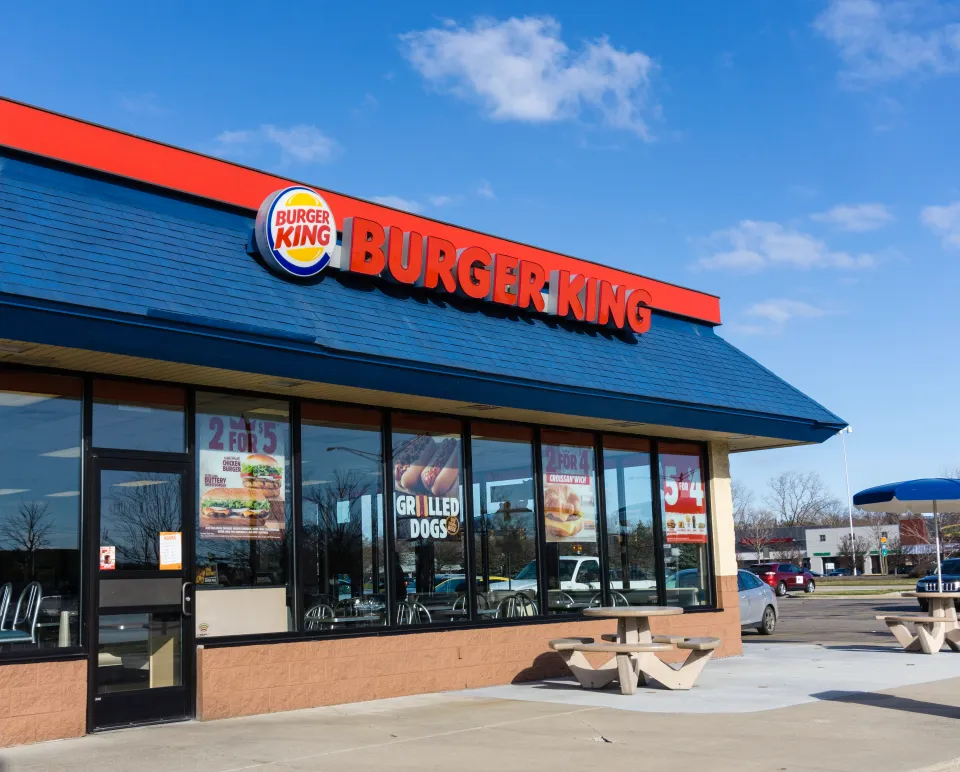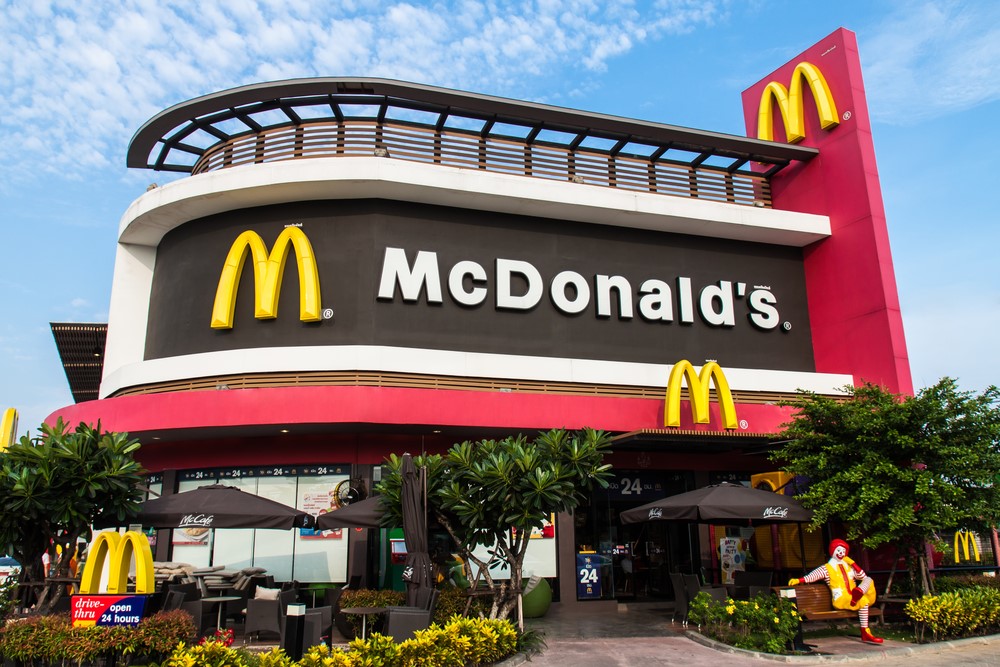
In a bold move to reignite customer loyalty and boost sales, Burger King has announced a sweeping transformation plan affecting over 400 of its restaurants across the United States.
As part of its ambitious “Reclaim the Flame” strategy, the fast-food giant will focus on modernizing restaurant interiors, refreshing menus, and streamlining kitchen operations. The goal is simple: create a faster, more enjoyable experience for customers while bringing new energy to the brand.
Burger King executives revealed that many locations will undergo extensive renovations, featuring sleeker designs, digital menu boards, double drive-thru lanes, and updated seating areas tailored to modern diners.
“This is more than just a facelift,” said Tom Curtis, President of Burger King North America. “We’re investing in innovation, quality, and speed to better serve today’s customers and strengthen our position for the future.”
Alongside physical upgrades, the chain plans to roll out new menu innovations, focusing on bold flavors, premium ingredients, and value-driven combo deals. Early tests have already shown positive feedback for newly introduced items like the “Flame-Grilled Chicken Royale” and plant-based “Whopper Melt.”
The transformation is backed by a multi-million-dollar investment from Restaurant Brands International, Burger King’s parent company. According to executives, franchisees are heavily involved in the revamp process, ensuring that changes align with local market needs.

Despite a highly competitive fast-food landscape, Burger King remains optimistic. Industry analysts suggest that the focus on modernization could help the brand recover ground lost to rivals like McDonald’s and Wendy’s over the past few years. The company expects most of the targeted locations to complete renovations by late 2025.
As of early 2025, Burger King has completed 370 remodels, surpassing the halfway mark of its reimagine program. The company aims to remodel approximately 400 stores in 2025, with the broader goal of modernizing 85% to 90% of its U.S. locations by 2028.
These efforts are part of Burger King’s strategy to enhance competitiveness and appeal to customers in a challenging fast-food market. The company continues to focus on improving the guest experience through modernized restaurant environments and digital features.




